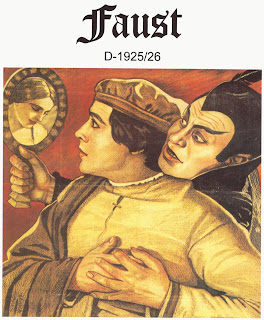Illuminated Manuscripts
Often religious in nature, illuminated manuscripts were also historic records. The majority of the known manuscripts were created in the middle ages, and the artwork done in these manuscripts stands out as the best surviving paintings of the middle ages. They are also the only surviving paintings for many periods of the medieval ages.
Until the 12trh century, most of the illuminated manuscripts were created in monasteries. Some monasteries had separate areas specifically for the painting and calligraphic work used for the manuscripts, called “scriptoriums”. Monks were isolated from their cloister here, and could work in on the manuscripts without being distracted or interrupted by a fellow monk.
Throughout the ages, entire Bibles, massive with the many pages and illustrations within, have been illuminated. There is an illuminated Bible in Sweden so large it requires three librarians to lift it. There have also been illuminated manuscripts from the Renaissance, which are rare since the invention of moveable type by Gutenberg brought the practice of illuminated manuscripts to an end.
Hell
As they were religious in nature, many illuminated manuscripts depicted pictures of heaven and hell, of saints and other, mythical figures. A major pre-occupation of the Anglo-Saxon church was with the torturous lives of evil men and sinners in the afterworld. As such, many manuscripts do contain depictions of Hell, the experience of damnation.
Medieval concern about Hell was also sparked by events in the world around the monks. Some of the religious self –righteousness was ignited by the popularity of paganism. Viking hordes brought with them into England their practice and belief in paganism, which was seen as punishment from God for the sinfulness of the people.
Satan
Of course, key to this sinfulness was Satan himself, who many considered not only God’s test of the faithfulness of his subjects as also the leader of the rebel angels in Hell. He worked through the serpent in the Garden of Eden; he was the tempter appointed by God to try to destroy Job’s faith, to test the strength of Christ in the desert. In literature, too, the lure of Satan’s temptations can be enough to corrupt and destroy.
Witness “Faust” - the popular myth, retold in many ways –a successful scholar becomes tired of his life and makes a deal with the devil to have omniscience and worldly pleasure. He turns away from the divine, and turns his focus to the things of the world.
The story was retold many times, particularly by Christopher Marlowe in the 16th century and two centuries later, by Johann Goethe.
Faust
“Faust” was an intellectual sick of earthly meat and drink. Mephistopheles (Satan) made a deal with Faust to take his soul, in exchange for unimaginable glory and success, at the apex of his happiness. That moment almost comes but God’s angels intercede and take Faust to heaven.
Goethe worked on the play/poem over decades and it was published completely only after his death. The idea of ‘selling one’s soul to the devil” has a very deep resonance which inspired books, (e.g. Thomas Mann), music (i.e. Wagner, among others), theatre (i.e. Orson Welles, etc.). “Faust” reminds us of feelings we all have experienced in our lives, all of our temptations, our yearnings for worldly glory and power.
Goethe’s “Faust” is a great exposition of the human soul and one of the greatest of the many versions.
Johann Wolfgang von Goethe
The fame accorded the book,”Werther”, brought interest to its author Goethe from the court of Carl August, Duke of Saxe-Weimar-Eisenach. While living in the Duke’s court, in 1776, Goethe began a relationship with another Charlotte, Charlotte von Stein, a somewhat older, married woman. The bond they had lasted for a decade, but Goethe suddenly decamped to Italy, ending things.
Goethe toured Italy for a couple years, writing about his experiences, in much the same way his father had. Half of Goethe’s journey was recorded in his diaries, which later became his book, “Italian Journey”. Many young Germans were inspired by Goethe’s book to travel there, too.
But a near fatal heart attack and then, upon recovery, falling in love with Ulrike von Levetzow whom he wanted to marry, but his mother refused to let him was too much, perhaps. Johann Wolfgang von Goethe died in Weimar, Germany, in 1832. He outlived all of the Romantic poets – Byron, Shelley, Keats - so influenced by his work. Posthumously, the second half of Goethe’s Faust was published.
“Faust” would later be seen, Part I and Part II, as a monument of European Literature.










No comments:
Post a Comment